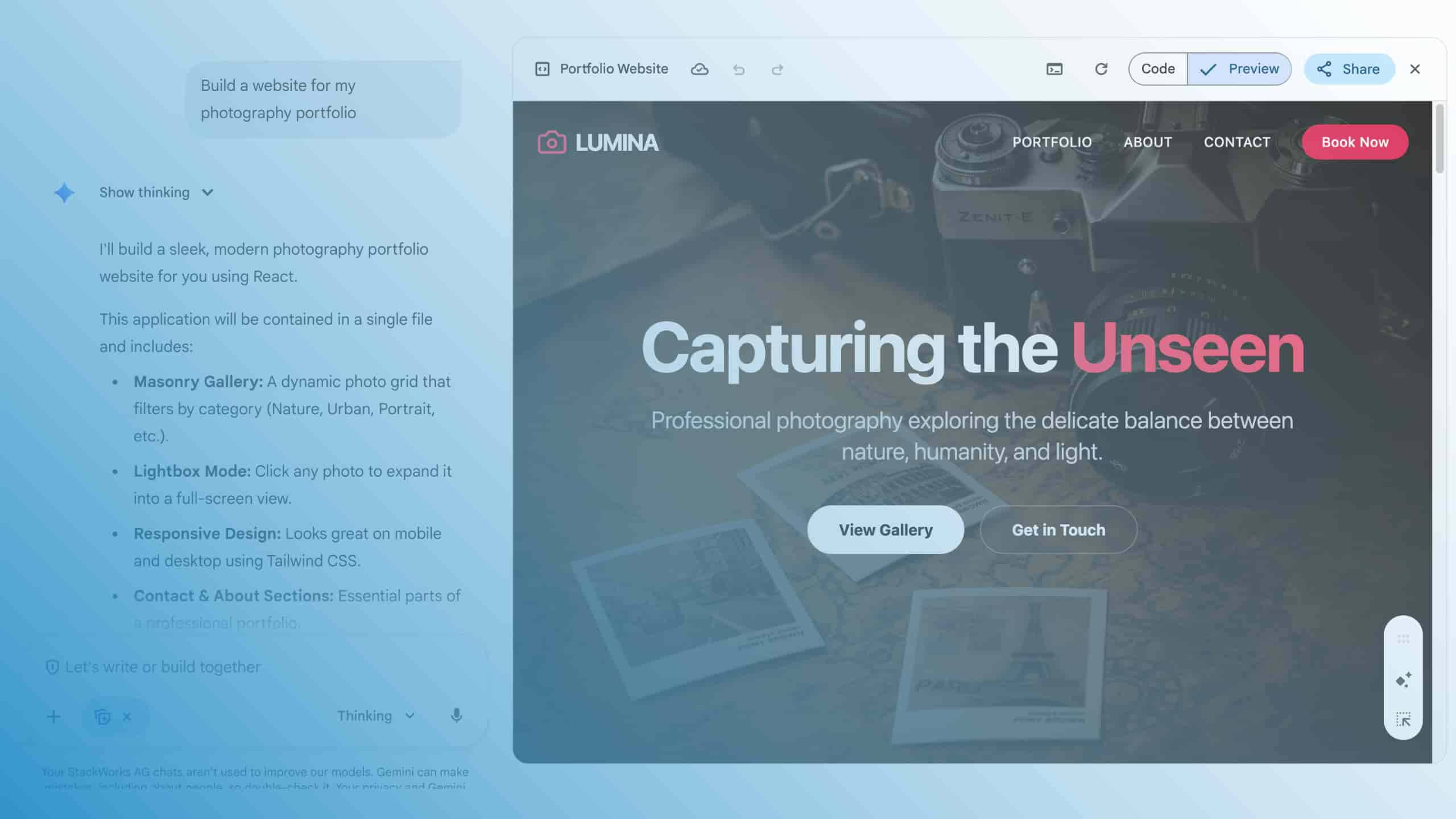Smart online appointment management with Google Calendar

Online appointment management is an ongoing topic at a time when more and more processes are being mapped via the Internet. Many business users are looking for a solution that allows them to easily and reliably organize collaboration within the team as well as with customers and project partners. An excellent way to manage appointments online is Google Calendar.
The cloud tool is characterized by a wide range of possible uses. But first things first:
What is Google Calendar?
Google Calendar is an integral part of all Google Workspace plans, and is also known as Google Calendar. The online appointment management is much more than a simple personal appointment planner. Google Calendar helps structure team collaboration within the company. Since online calendars are directly linked to the rest of Google Workspace's services, such as Gmail, Meet and Drive, users don't have to switch back and forth between different apps as they work. This leaves more time for the really important things, working on content together with colleagues and customers.
Why the online calendar makes sense for companies
Like all other Google Workspace services, the online appointment management can be used via browser from any end device. If users want to add a Google calendar to the desktop, the easiest way is via a browser link. Google Calendar is also integrated as an app in ChromeOS. Apps for the popular Android and iOS mobile operating systems are available in the Google Play Store and the Apple App Store, which users can use to synchronize Google Calendar.
Of course, the online appointment management offers a personal schedule with daily, weekly and monthly view, which adapts to any display size by means of responsive design. In addition, the advantage for companies lies in the diverse functions for structuring the daily work routine and collaboration in teams. Users can share their Google calendars both internally and externally - provided administrators allow the latter. Using the Google Admin Console, they define central settings for Google Calendar in their organization. This allows them to control the extent to which users are allowed to share Google Calendars. Here, they can optionally restrict that external users can only see general information about availability, but not event details.
With a new option, the online calendar optimally supports a hybrid way of working. Users can configure their working hours and location in Google Calendar and inform other users about where they typically work from.

This makes it easy to organize meetings - in the office, purely virtually or even hybrid. Furthermore, Google Calendar seamlessly bridges to Google Meet and also integrates a search for meeting rooms including information on size and available equipment for hybrid meetings. Shared rooms or resources can be easily set up and added to the appointments.
Gmail also integrates seamlessly. When users receive an email about an event, such as a flight or hotel booking, Gmail automatically enters the associated information into the calendar.
By default, the online appointment management will send a reminder ten minutes before an appointment. These reminder times can be adjusted as desired via the settings. If you don't want to be disturbed, you can turn off the Google Calendar email notification or define certain focus times at which Google Calendar automatically rejects meeting requests.

Interoperability with other platforms
One of the most common questions related to online appointment management is to what extent cross-platform collaboration is possible - especially with regard to the widely used solutions Microsoft Outlook and the associated Microsoft Exchange Server. The good news is that both migration from Outlook and Exchange to Google Calendar and coexistence of both worlds are possible without any problems.
In principle, users can sync Google Calendar with Outlook, but a bidirectional sync requires the use of third-party software, as Google has discontinued the formerly popular "Google Calendar Sync" tool. Alternatively, users can share a Google Calendar and subscribe to it in Outlook without additional apps. However, the sync then only works in one direction and appointments that are entered in Google Calendar automatically appear in Outlook.
For a migration or even a longer-term coexistence, a server-level configuration is the much better choice. In the settings in the Google Admin Console, there is the "Calendar Interop Management". Administrators can use this feature to set up Google Calendar and Microsoft Exchange to work seamlessly together. Users can share their availability status in both worlds, so everyone can see each other's appointment overviews.
So set up smart online appointment management and benefit from seamless collaboration! We are happy to support you with the introduction and migration from other platforms.







